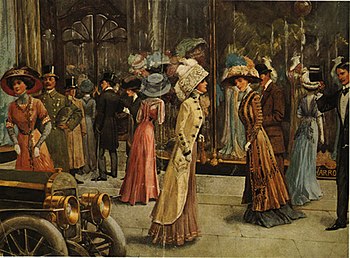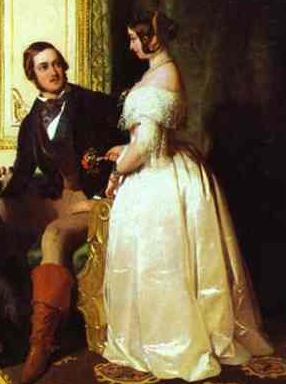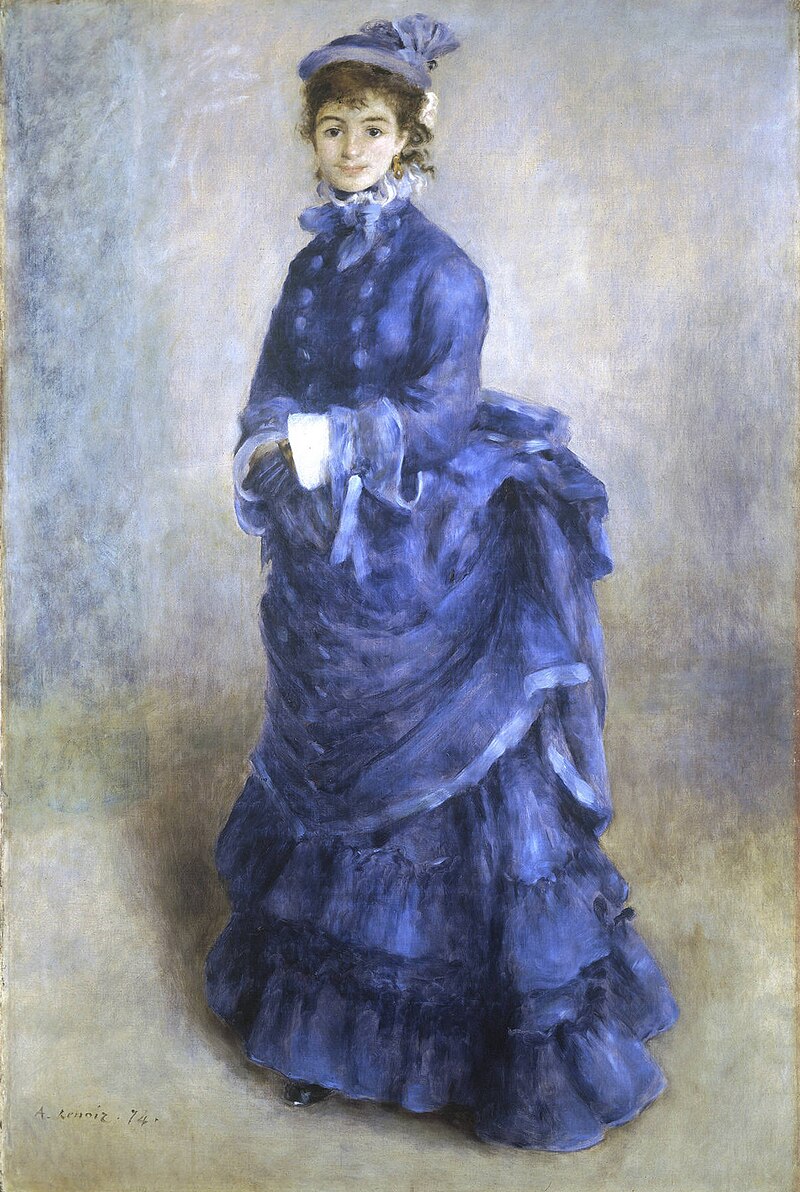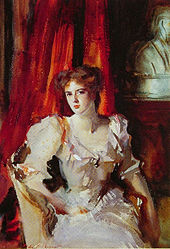I am not a fashion maven. I am a jeans and t-shirt kind of girl, unless I’m wearing Chico’s Travelers Collection, which look stylish but feel like pajamas. (Need I say more?) I have one favorite pair of shoes for each season and I wear them until they fall apart, at which time I spend hours online looking for the exact same pair. I almost never wear shorts because of my pasty white Cleveland legs, but the pair I don’t mind being seen in I bought in 1998. Seriously.
Despite my embarrassing anti-fashion proclivities, I am a writer of historical romance, and in the Victorian era, women of a certain class were very concerned with fashion. And if I am to write about them, I need to care about what they wore. Or at least how to get it off them. 😉
To that end, I spent Saturday taking a field trip with my NEORWA chapter mates to the Kent State University Museum of Fashion. The most interesting exhibit, at least for me, was one called Inside Out, which featured clothing literally inside out so you could see how it was constructed. And they had Darcy’s puffy shirt! Colin Firth wasn’t even it–more’s the pity–and we were all still drooling. You can find pictures at https://insideoutksum.wordpress.com/–I can’t get WordPress to cooperate with the photos I took. 
The Victorian era lasted from 1837 to 1901, and fashions changed drastically during that timeframe. And don’t even get me started on men’s facial hair–that is deserving of its own post.
In the 1830s, as at right, the ideal form was a long torso with a slim silhouette, so corsets were tight and movement was restricted. (Isn’t that an odd picture? The upper half seems oddly disconnected from the bottom, but I sometimes wonder if that’s how women felt…)
Starting in the 1840s, skirts became wider–the fuller the skirt, the more petticoats underneath, which was a sign of wealth. I love this relaxed portrait of Queen Victoria and her prince from 1841.

The 1850s saw the invention of bloomers, as well as the cage crinoline–a miraculous contraption that held the skirts out in lieu of a dozen petticoats, returning women to a comparative freedom of movement.
There is an adorable scene from Mrs. Gaskell’s Cranford in which a fancy cage from Paris is ordered for Miss Pole’s bird. Unfortunately, it’s the wrong type of cage. It’s just the first minute and again at about 3:45, but if you like BBC period programs, you have to watch the whole series–it’s delightful.
The 1860s saw skirts at their widest and waists at their narrowest–remember this scene from Gone With the Wind?
In the 1870s, skirts deflated quite a bit, hoops replaced by a flatter front and layers in the back, as in this painting by Pierre Auguste Renoir from 1874.

In the 1880s, the bustle was the dominant feature in women’s fashion (and the top hat for men) as seen in this 1883 painting by James Tissot.
The last decade of the 19th century brought big sleeves, sharply defined waists, and slimmer skirts, as in this fashion plate from 1893…
…and this John Singer Sargent painting from 1896.
The turn of the century brought us more masculine attire for women, the Gibson Girl–see the Sargent painting at right from 1903–outrageous hats, and the rise of haute couture.

There is far more to seventy years of fashion than I have the time, energy, or inclination to share here, but if you’re interested in learning more, click on the link for each decade above, and check out these sites for more information and lots more pictures:
http://www.victoriana.com/Victorian-Fashion/
https://en.wikipedia.org/wiki/Victorian_fashion
http://www.victorianweb.org/victorian/art/costume/index.html
http://www.fashion-era.com/the_victorian_era.htm
https://www.buzzfeed.com/niaalavezos/proof-the-victorian-era-had-the-greatest-fashion
http://www.fashionlady.in/victorian-era-fashion/855
http://vintagefashionguild.org/fashion-timeline/





